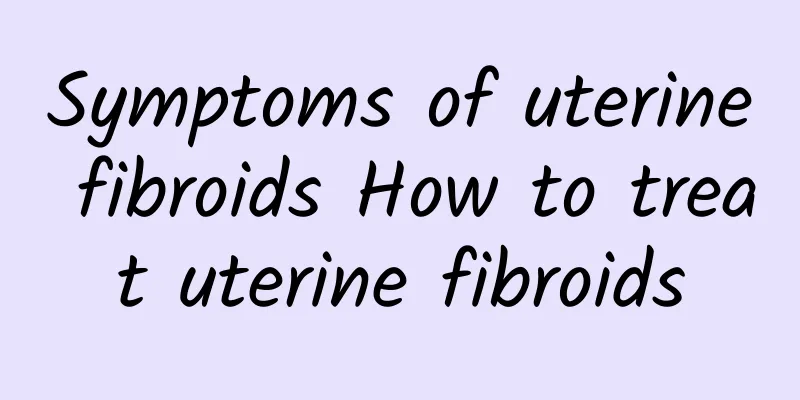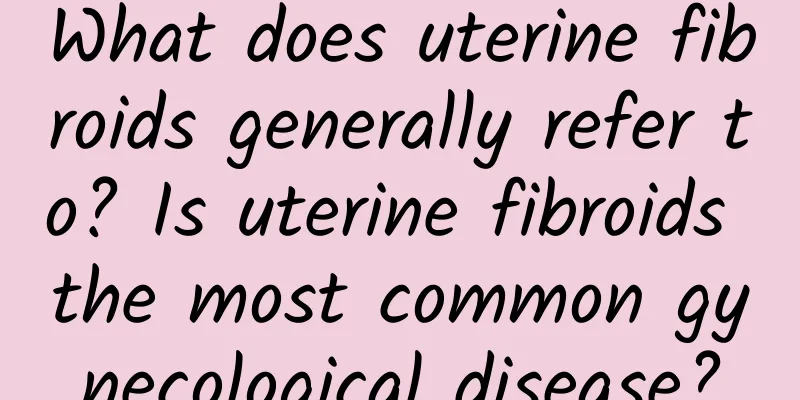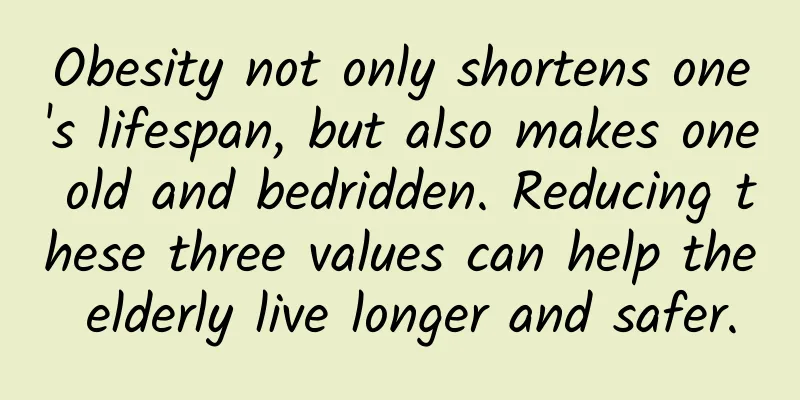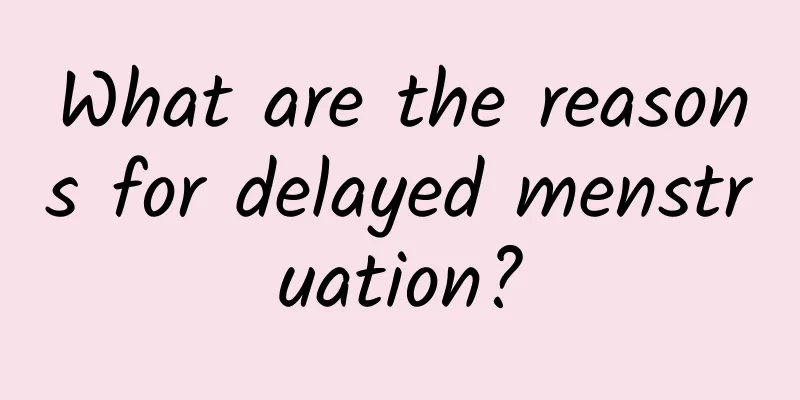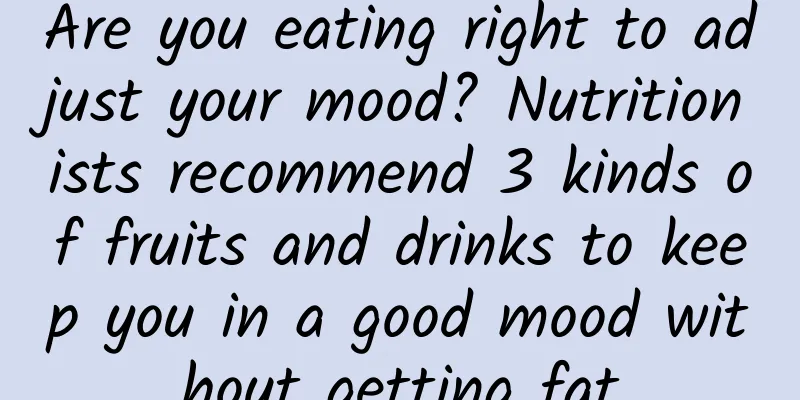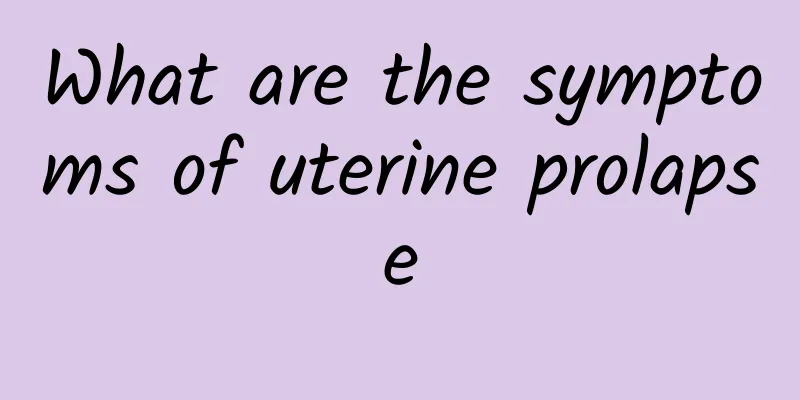How to treat cholecystitis in children

|
The treatment of pediatric cholecystitis requires a comprehensive assessment of the condition and the selection of appropriate treatment methods based on the cause, including medication, dietary adjustments, and surgical treatment. Parents should take their children to the doctor in a timely manner and further clarify the diagnosis through ultrasound examination. 1) Drug treatment: Mild cholecystitis can usually be controlled with medication. The doctor may prescribe antibiotics for the child to treat the infection, such as cephalosporins or quinolones, and the specific dosage needs to be adjusted according to the child's weight. Antispasmodics such as scopolamine can be used to relieve gallbladder colic. If there is severe pain, non-steroidal analgesics such as ibuprofen may be used, but they must be taken under the guidance of a doctor. Parents should not use medication without authorization. 2) Diet adjustment: During an attack of cholecystitis, diet is very important to relieve symptoms. It is recommended that children consume easily digestible liquid or semi-liquid foods, such as rice porridge, vegetable soup, etc., and avoid high-fat and high-cholesterol foods to reduce the burden on the gallbladder. For example, fried foods, egg yolks, cheese, etc. should be avoided as much as possible. At the same time, increasing vegetables and fruits rich in dietary fiber will help improve overall bile duct health. 3) Surgical treatment: If the condition is more serious or there is obvious structural damage to the gallbladder (such as stones, cysts, etc.), surgery may be a necessary option. For example, laparoscopic cholecystectomy can remove the diseased gallbladder with less trauma and faster recovery. If it is complicated cholecystitis or accompanied by other complications, traditional laparotomy may also be required for treatment. The specific method of surgery needs to be based on the doctor's advice and comprehensive evaluation of the condition. Children with cholecystitis must receive targeted treatment under the guidance of a doctor according to the severity of the disease. Parents should not delay or handle the disease on their own. If a child repeatedly experiences symptoms such as right upper abdominal pain and nausea, they should seek professional medical help in a timely manner. This will not only ensure the effectiveness of the treatment, but also greatly reduce the risk of complications. Actively paying attention to children's diet and health status is an important part of preventing cholecystitis. |
<<: Abnormal vaginal discharge and dull abdominal pain
>>: Early symptoms of incomplete hydatidiform mole
Recommend
How to treat uterine fibroids? Surgical treatment of uterine fibroids
Uterine fibroids are common benign tumors of the ...
Build perfect abs! Just rely on supine punching exercise
【Supine punching exercise】 Number of exercises: 2...
How can women prevent cervical erosion and hyperplasia? 11 ways to prevent cervical erosion and hyperplasia
The incidence of cervical erosion and hyperplasia...
How to make endometrial tuberculosis care safer
Gynecologists say that women with endometrial tub...
Are ovarian cysts serious? What are the symptoms?
Are ovarian cysts serious? What are the symptoms?...
What soup is good to drink after uterine fibroid surgery? Dietary care methods for uterine fibroids
Uterine fibroids appear as solid spherical masses...
Ladies, please be careful about menstrual vaginitis!
Ladies, pay more attention to menstrual vaginitis...
What are the harms of menopause to women?
Menopause is an inevitable experience for every w...
What causes cervicitis?
Cervicitis may be caused by a variety of factors,...
What are the nursing knowledge for vulvar leukoplakia
Many women are troubled by vulvar leukoplakia, wh...
Postoperative care for patients with uterine fibroids
Uterine fibroids are a common and frequently occu...
Will uterine fibroids cause infertility? What are the hazards of uterine fibroids?
Will uterine fibroids affect pregnancy? Regarding...
What are the symptoms of cervical erosion? 4 common symptoms of cervical erosion
The main symptoms and phenomena of cervical erosi...
Lose weight without starving! 4 delicious recipes revealed
For people who want to lose weight, it is really ...
Postpartum or postabortion infection is one of the causes of pelvic inflammatory disease
The causes of pelvic inflammatory disease can som...
